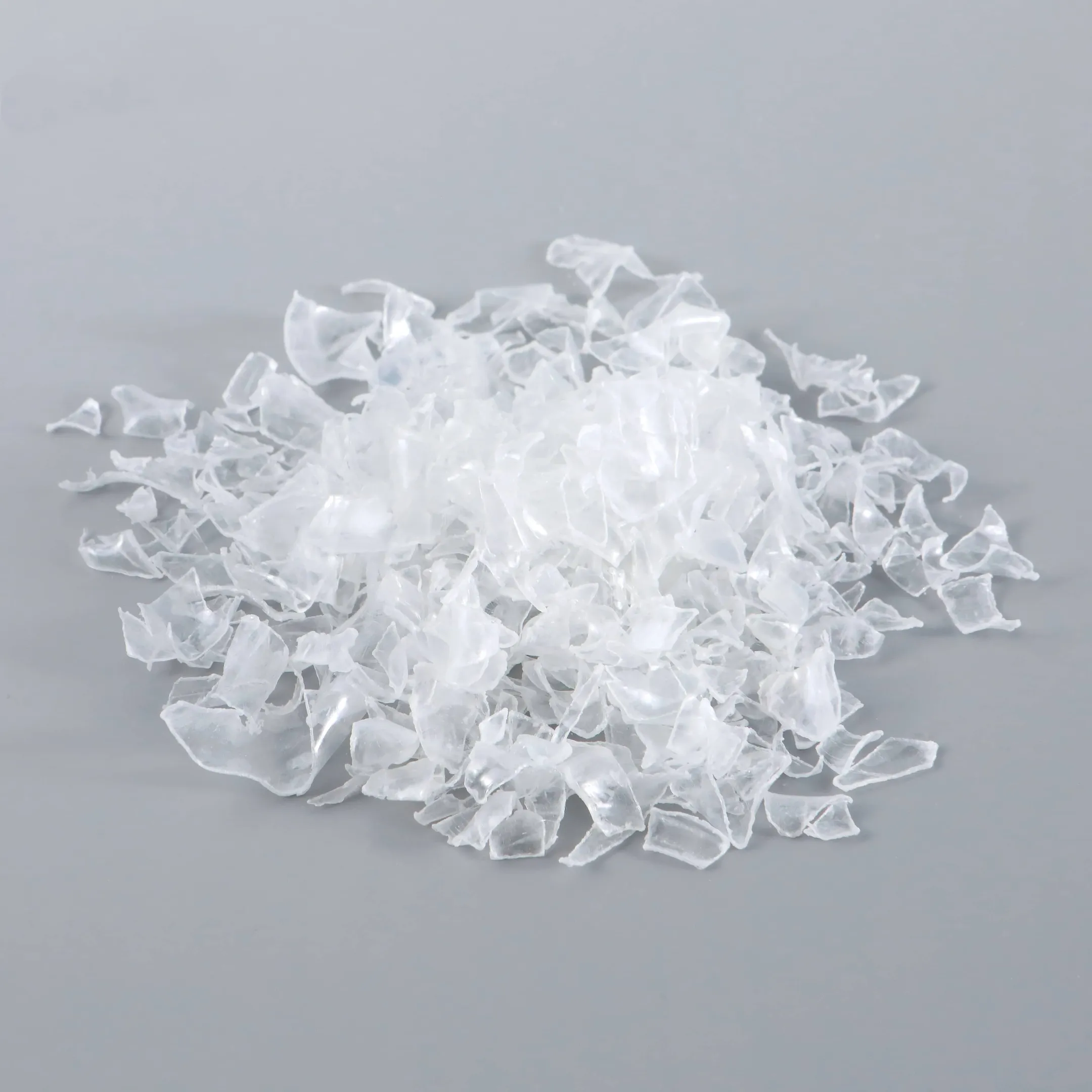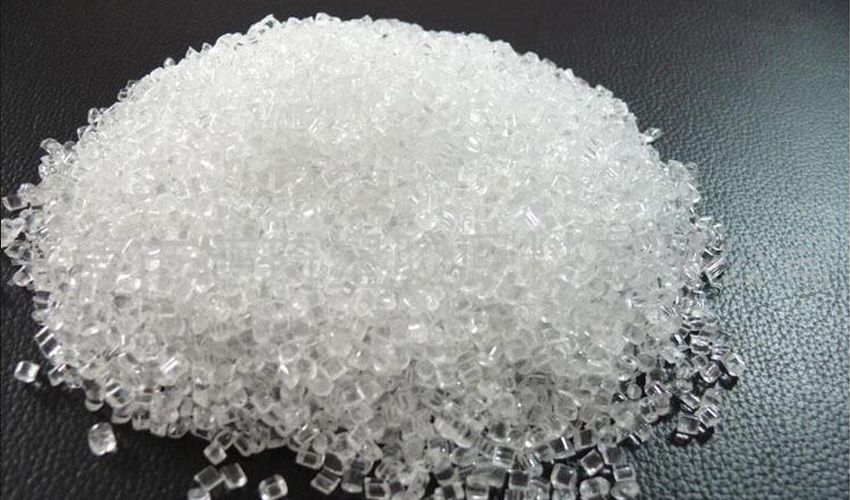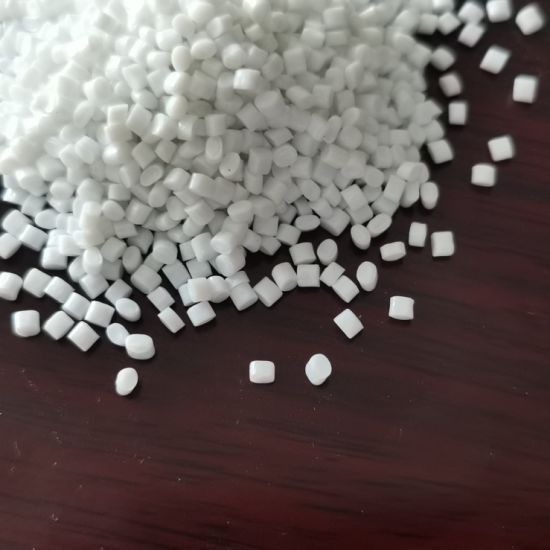
Differences Between PET Flakes, Chips, and Granules
Polyethylene Terephthalate (PET) is a versatile and widely used polymer in the manufacturing industry. From packaging to textiles, PET is a key material that meets various industrial needs. But when it comes to choosing the right form of PET, manufacturers often encounter three main types: flakes, chips, and granules. This blog will demystify these forms and help you understand which one best suits your manufacturing requirements.
What is PET?
PET, or Polyethylene Terephthalate, is a type of plastic resin and a form of polyester. It is commonly used in fibers for clothing, containers for liquids and foods, thermoforming for manufacturing, and in combination with glass fiber for engineering resins. Its unique properties, such as durability, recyclability, and safety for food and beverages, make it a crucial material in various industries. PET is valued for its strength, thermal stability, and transparency, which make it suitable for a wide range of applications, including beverage bottles, food packaging, and synthetic fibers.
PET Flakes
Definition: PET flakes are small, irregularly shaped pieces of PET plastic.
Production Process: These are typically produced by shredding used PET bottles and other PET products. The process involves several steps:
- Collection: Used PET bottles and products are collected from various sources, including recycling centers and waste management systems.
- Sorting: The collected PET materials are sorted to remove any contaminants, such as labels, caps, and non-PET materials.
- Washing: The sorted PET materials are washed to remove any residual dirt, adhesives, or other impurities.
- Grinding: The clean PET materials are then ground into small flakes using industrial shredders.
Applications and Advantages:
- Applications: PET flakes are commonly used in the production of polyester fibers, sheets, and strapping. They are also used in the food and beverage industry for creating new bottles and containers. In the textile industry, PET flakes are converted into polyester fibers, which are then used to make fabrics for clothing, upholstery, and carpets. In packaging, they are melted and molded into new bottles and containers.
- Advantages: Using PET flakes helps in recycling and reducing plastic waste. They are cost-effective and environmentally friendly. PET flakes also contribute to the circular economy by turning waste materials into valuable resources. This recycling process helps reduce the demand for virgin PET resin, conserving natural resources and reducing greenhouse gas emissions.
PET Chips
Definition: PET chips are small, round or oblong pieces of PET plastic, similar in size and shape to grains of rice.
Production Process: PET chips are produced by polymerizing ethylene glycol and terephthalic acid at high temperatures, followed by cooling and cutting the solidified PET into small chips. The production process includes:
- Polymerization: Ethylene glycol and terephthalic acid are reacted at high temperatures to form PET polymer.
- Extrusion: The molten PET polymer is extruded into long strands.
- Cooling: The strands are cooled to solidify the PET.
- Cutting: The solidified strands are cut into small chips using specialized cutting equipment.
Applications and Advantages:
- Applications: PET chips are primarily used as a raw material for producing PET fibers, films, and bottles. They are essential in the production of high-quality textile fibers, which are used in apparel, home furnishings, and industrial applications. PET chips are also used in the production of films for packaging and other applications, as well as in the manufacture of beverage bottles and other containers.
- Advantages: PET chips offer high purity and uniformity, making them ideal for applications requiring consistent quality. Their uniform size and shape allow for precise control during the manufacturing process, ensuring high-quality end products. PET chips also have excellent thermal stability and mechanical properties, making them suitable for a wide range of applications.
PET Granules
Definition: PET granules are small, cylindrical pellets of PET plastic.
Production Process: These granules are created by melting PET plastic and extruding it into long strands, which are then cut into small, uniform pieces. The production process involves:
- Melting: PET plastic is melted in an extruder.
- Extrusion: The molten PET is extruded into long strands.
- Cooling: The strands are cooled to solidify the PET.
- Cutting: The solidified strands are cut into small, cylindrical granules.
Applications and Advantages:
- Applications: PET granules are widely used in injection molding and extrusion processes to create a variety of products, including containers, automotive parts, and packaging materials. They are also used in the production of films, fibers, and other PET-based products. In the automotive industry, PET granules are used to produce various components, such as interior trim parts and under-the-hood applications.
- Advantages: PET granules are easy to handle, store, and transport. They provide excellent flow properties in molding and extrusion processes, ensuring high-quality end products. The uniform size and shape of PET granules allow for efficient processing and consistent product quality. Additionally, PET granules offer excellent mechanical properties, chemical resistance, and clarity, making them suitable for a wide range of applications.
Comparing PET Flakes, Chips, and Granules
Here's a quick comparison to help you choose the right form of PET for your needs:
| Feature | PET Flakes | PET Chips | PET Granules |
| Shape | Irregular flakes | Small, round/oblong chips | Cylindrical pellets |
| Production | Recycled from used PET products | Polymerization and cutting | Extrusion and cutting |
| Common Uses | Polyester fibers, sheets, strapping | Fibers, films, bottles | Injection molding, extrusion |
| Advantages | Cost-effective, eco-friendly | High purity, uniformity | Easy handling, excellent flow |
Choosing the Right Form of PET
When deciding which form of PET to use, manufacturers should consider several factors, including the specific requirements of their production processes, the desired properties of the end products, and environmental considerations. For instance:
- PET Flakes: Ideal for manufacturers focused on recycling and sustainability, especially in the textile and packaging industries.
- PET Chips: Best suited for applications requiring high purity and uniformity, such as textile fibers and packaging films.
- PET Granules: Perfect for injection molding and extrusion processes, providing excellent handling and processing properties.
Understanding the differences between PET flakes, chips, and granules can help manufacturers make informed decisions about which form of PET to use for specific applications. Each type has its own unique advantages and applications, making them suitable for different manufacturing processes. By choosing the right form of PET, manufacturers can optimize their production processes and contribute to sustainability efforts.
Explore the range of PET chips and PET granules available at WKAI to find the best solutions for your manufacturing needs. By making informed choices, you can enhance your production efficiency, improve product quality, and support environmental sustainability.



